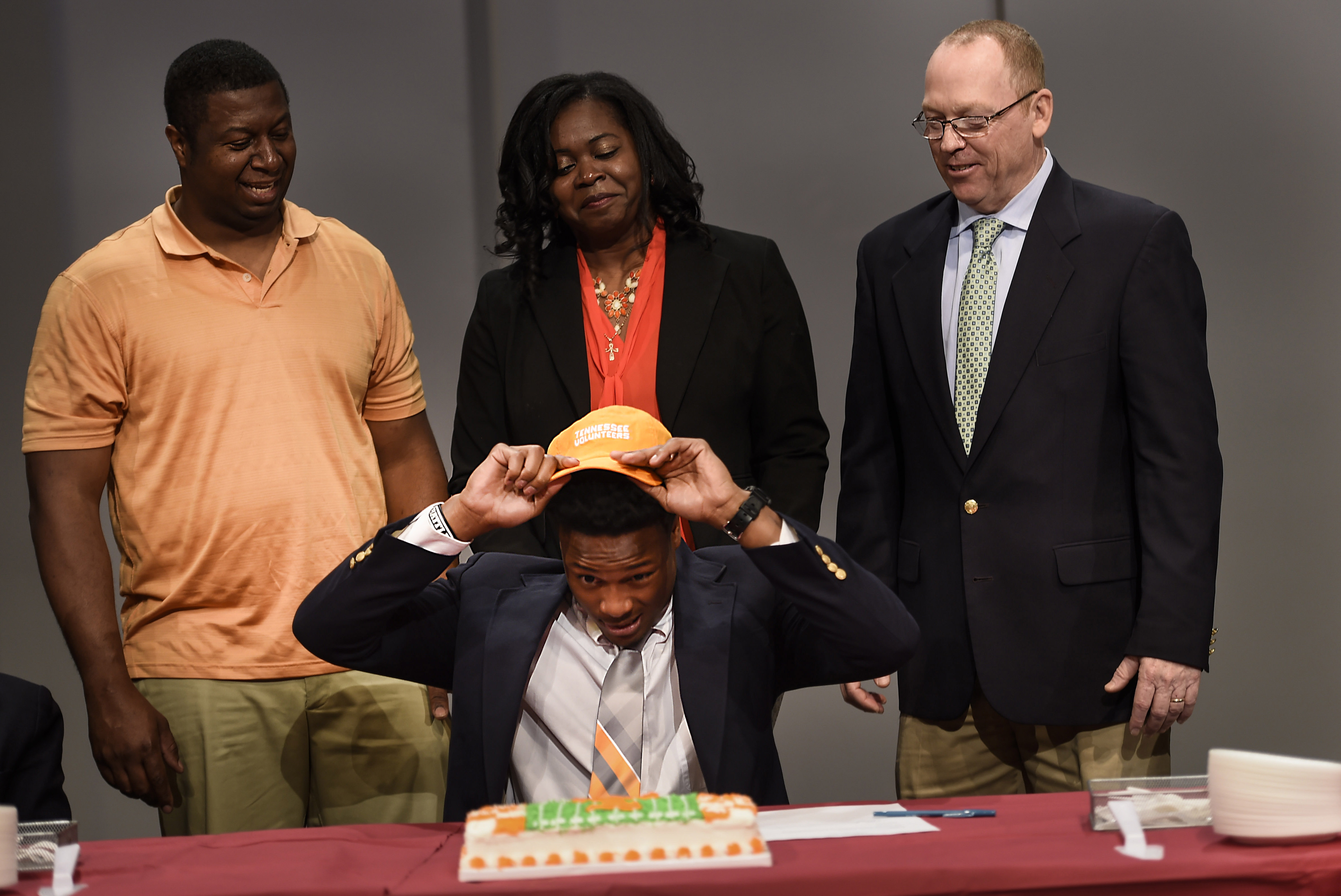
It’s far from definite, but it looks like the SEC is heading for the adoption of an early signing period, slated to begin in December. So who wins and who loses if the NCAA Board of Directors approves the move in an April 26 vote? Here’s our guess at an early breakdown.
Winner: Committed players
There are few things that have smelled worse than schools pulling scholarship offers from committed players in the run up to signing day. Alabama and Georgia pulled the carpet out from commitments in the run up to signing day 2017. Lane Kiffin reportedly did the same thing to a player not long after he arrived at Florida Atlantic.
Granted, schools can still pull offers, but if they’re pulling them in early December, it’s a win for players to still have more schools with open offers and a couple of months to find the right program.
Loser: Top coaches
Nick Saban is one coach who has spoken against the early signing period. And it’s not hard to figure out why. Saban has had the luxury of waiting until almost the literal last minute to decide which schools’ commitments he wants to poach. If he misses out on an uncommitted target in the last couple days before Signing Day, Saban would just nab the next guy on his board — whether he was committed elsewhere or not. Many of those players will be already signed if the early period is adopted. And Saban will have to show his hand earlier with the top players in the game.
Winner: Lesser programs
The flip side of Saban’s dilemma is that some of the league’s weaker schools — Kentucky, Vanderbilt, Mississippi State, for instance — don’t have to sweat out December through February in keeping their under-the-radar recruits. Sure, many top prospects will be off the board earlier, but the Mark Stoopses and Derek Masons of the world will be able to insist on loyalty, because they can tell recruits, “If you’re in, sign. If you aren’t, we’ll move on.”
Loser: The NCAA’s transfer restrictions
Allowing players to sign early will be another instance where the NCAA’s rules are pro-schools and pro-coaches and anti-athletes. How many early signees will sign, only to see their position coach or coordinator, or even head coach move along? One would assume the NCAA won’t allow recruits to follow those coaches. How can the NCAA continue to lock in prospects, but allow coaches to float and hunt cash at will?
Winner: Recruiting fans
And you thought recruiting was huge. Wait until there are two signing periods. Will everybody’s commits sign during the three-day window December? If they don’t, will the schools wait for them? Will sleeper recruits gamble on nabbing better offers? Will allowing some players to watch others sign first cause more player movement? One thing is sure — the only thing better for fans than one signing day will be two signing days a couple of months apart.
Loser: High school coaches
Sure, coaches of elite programs have always had to shove their players’ college decisions to the back-burner. But that was hard even when there was a cooling off period of a couple months between the state playoffs and signing day. With an early signing period, elite prospects will be more likely to conduct final visits and weigh and announce their decisions during the season. A preoccupied group of players won’t be a welcome sight to lots of high school coaches.
Joe Cox is a columnist for Saturday Down South. He has also written or assisted in writing five books, and his most recent, Almost Perfect (a study of baseball pitchers’ near-miss attempts at perfect games), is available on Amazon or at many local bookstores.







